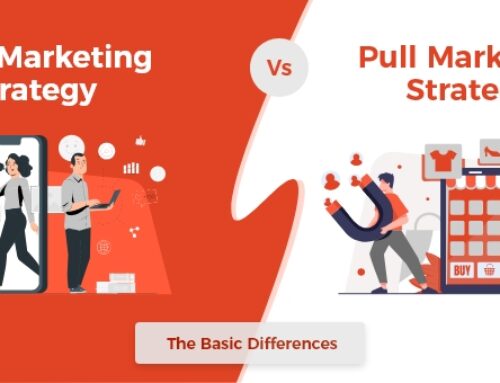Email marketing: Know if your campaign is a success using these metrics

Currently, email marketing is among the best ways to pitch potential and current customers, reminding them of you, your company, what you offer, and how you increment their overall life, even when they don’t buy anything from you.
Since first-party data is highly important, email marketing provides a robust, top-notch integrated strategy within the broader marketing efforts.
As with all other areas of business marketing, like tracking the ROI (return on investment) through your social media campaigns, tracking email marketing success is also essential. Keeping a checkpoint of the data and working to enhance development every month until email marketing works in your interest is crucial.
Improvement in email campaigns is crucial. But before that, understanding and evaluating success rate is even more critical. So, before knowing how to improve email marketing campaigns, let’s understand their evaluation.
There are specific KPIs in email marketing. Use the following metrics to evaluate the health and success of your email marketing efforts:
-
Clickthrough rate
CTR (Clickthrough rate) is the first answer a client gets from an email marketer about metrics tracking. In short, it’s the ‘day-to-day’ email marketing metric. The CTR enables performance calculation for each email sent out. In addition, this technology helps to understand the CTR change over time.
CTR is used repeatedly to determine the outcomes of A/B tests since they are generally created to find new ways to increase cumulative email clicks.
Calculating CTR: (Unique clicks OR Total clicks / Number of delivered emails) * 100
Importance of CTR: Clickthrough rate gives direct insight into the number of people from the list engaging with the content and curious about learning more about the brand or service.
Like the name says, Conversion Rate is the percentage or number of email recipients who got converted, i.e. they clicked on a link present in an email and further finished the desired action. The action can be like filling out a lead generation form or directly buying a particular service or product.
Calculation of conversion rate: Number of people who completed an action ÷ total emails delivered) * 100.
-
Subscriber list activity
It is crucial to trace the decline and growth of your subscriber list. A subscriber list is essential to increase since it extends a company’s reach and maximizes the potential subscribers engaging on your emails and conversion.
The subscriber list can increase or decrease because subscriber count dropping is, sooner or later, inevitable. Well, if you’re witnessing a drop in subscribers and it’s not reaching the set email marketing metrics benchmark, make sure that these points are followed to retain and gradually increase your followers:
- Ensure a proper segmentation of your subscriber list in order to target the right users with the right email content.
- Regular cleaning of subscriber data to delete old or inaccurate emails.
- Create re-engagement campaigns for unqualified leads who might opt out in the near future.
-
Bounce Rate
Bounce rate is a crucial KPI in email marketing. It is the email percentage that was not delivered to subscribers, and your Email service provider received them back. There are two kinds of bounce rates to monitor:
- Hard Bounces: These are permanently rejected messages because of an invalid email ID. Hard bounces also occur when your server is blocked by the recipient’s server.
- Soft Bounces: These rejections occur when the messages are rejected temporarily since the recipient’s inbox is out of storage/full. Soft bounces may arise if the server is down or your email’s size exceeds the size limit provided by the Email Service Provider or recipient.
Though they sound comfortable, Bounced emails drive us to the same issue – refining subscriber data. Refining and removing any hard bounce email addresses immediately from the subscriber list is crucial. Not doing so might incur some damage to the sender’s reputation since your email would trigger spam filters.
Before beginning operations use the email verification tool to check if the same domain is conducting hard bounces. In that case, a specific company server or ISP is blocking you. Resolve this issue politely and quickly, given that you are not spamming.
Also Read : 11 Ways to Find Someone’s Email Address in 2023
-
Overall ROI
This is a cumulative return on investment on email campaigns. Total revenue upon total spending is the overall ROI of a campaign. Remember, this is just one way to calculate
ROI, but it can also be calculated depending on distinguished company profiles and requirements.
Like every marketing channel, you must calculate the overall ROI of email marketing. If it still needs to be done, develop an SLA system through which different values are assigned to different leads based on their likelihood of creating income for your firm.
These are just some of the hacks to measure email marketing effectiveness; however, this technique is the best if you focus on hiring the right people and the right company. When looking at your email marketing metrics, ensure that the aforementioned points are followed righteously.
If you’re looking for an agency that can align with your ideologies and deliver promising results, SRV Media might be your ideal option. We are a Pune-based digital marketing agency specializing in social media, PPC, and email marketing.
We use top-notch email marketing tools in digital marketing to provide desired outcomes. So visit our website and call us immediately to improve and expand your client portfolio.












